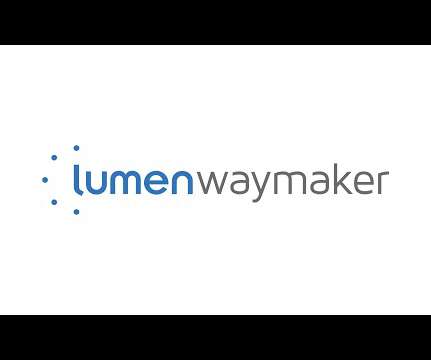The Pin that Popped the Textbook Bubble: Open (Notes for my 2015 #sxswedu talk)
Iterating Toward Openness
MARCH 12, 2015
The major publishers are publicly traded companies with growth and earnings expectations they have to meet. And when the number of units you sell is dropping, the only way to meet revenue goals is to raise prices on the few units you do sell. See Efficacy, the Golden Ratio, and the OER Impact Factor.).





















Let's personalize your content